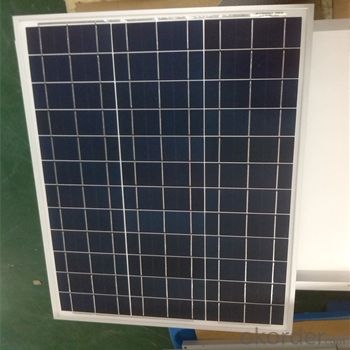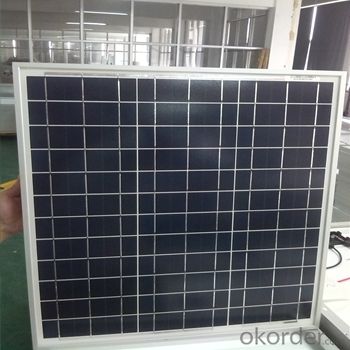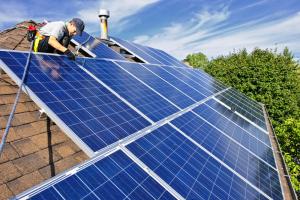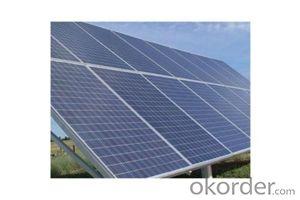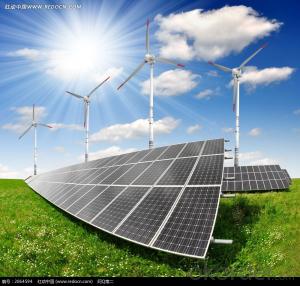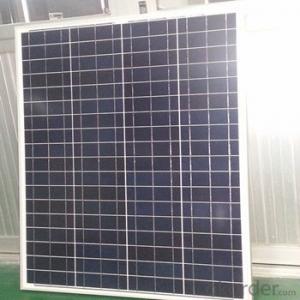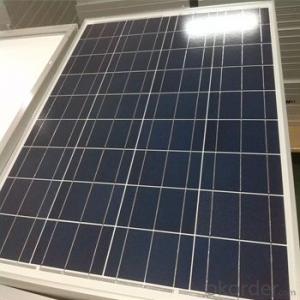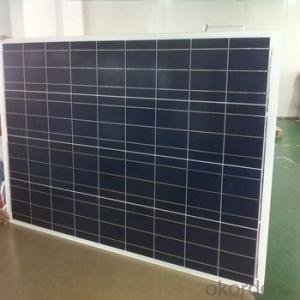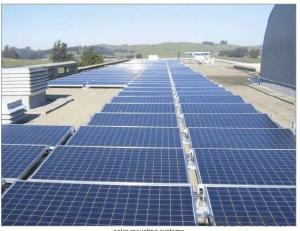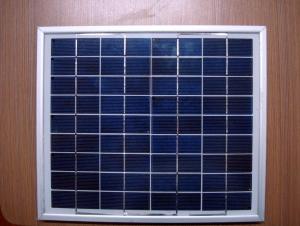Campervan Solar Panels - 60W Polycrystalline Solar Module CNBM Series
- Loading Port:
- Shanghai
- Payment Terms:
- TT OR LC
- Min Order Qty:
- 25 pc
- Supply Capability:
- 20000 pc/month
OKorder Service Pledge
OKorder Financial Service
You Might Also Like
Polycrystalline Solar Module-60w CNBM Series
High efficiency crystalline solar cell. Even if under the weak light, the solar module can produce maximum power output.
II Tempered glass (toughened glass): Anti-reflecting coating and high transmission rate glass increase the power output and mechanical strength of solar module.
III EVA and TPT: Using high quality EVA and TPT to prevent destroying and water.
IV AI frame: Without screw, rner connection. 6 holes on the frame can be installed easily.
V Junction box: Multi function junction box with water proof.
VI Long lifetime: ≥25 years; Less power decrease.
VII Good performance of preventing from atrocious weather such as wind and hails.
VIII Resisting moisture and etching effectively, not effected by geology.
IX The certificate issued by international authority: UL, TUV, IEC, CE.
Standard Test Conditions of Polycrystalline Silicon Solar Panel
The opto-electrical specifications shown below are stabilized values being measured at Standard Test Conditions, Irradiance: 1000W/m2, Spectrum: AM1.5 at 25°C, The info below is subject to manufacturing tolerances. Where appropriate minutes of measurement are available and are used for the dimensioning of the installation.
Advantages of Monocrystalline Silicon Solar Panel
• CNBM Solar performance guarantees for 25 years
• 12 years guarantee for workmanship
• Timeliness of delivery
• Quality Products certified (TÜV, UL, CE, ISO)
Specification
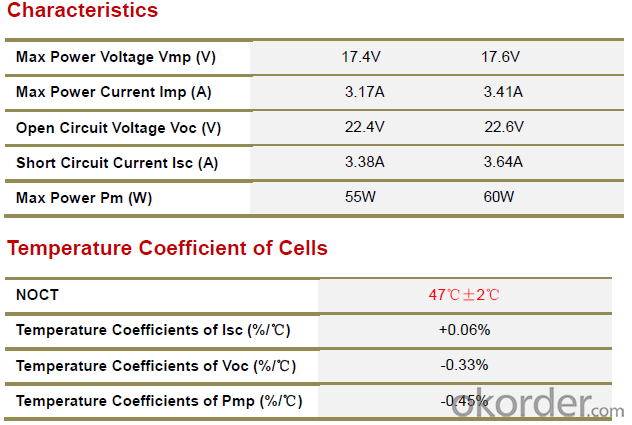
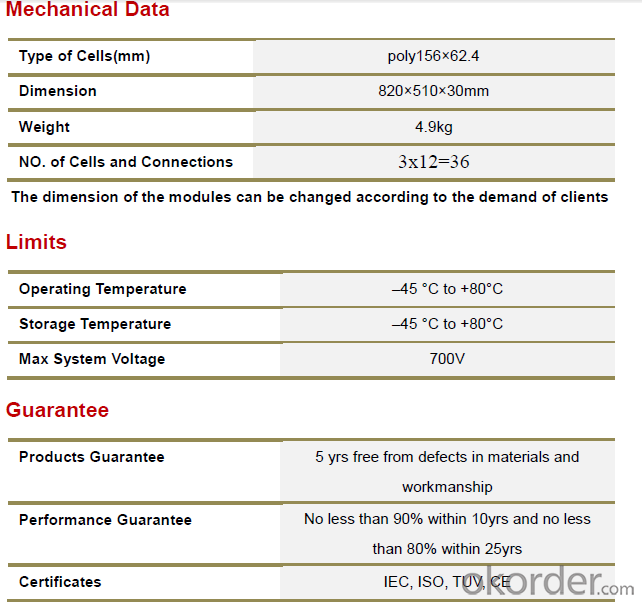
Certification
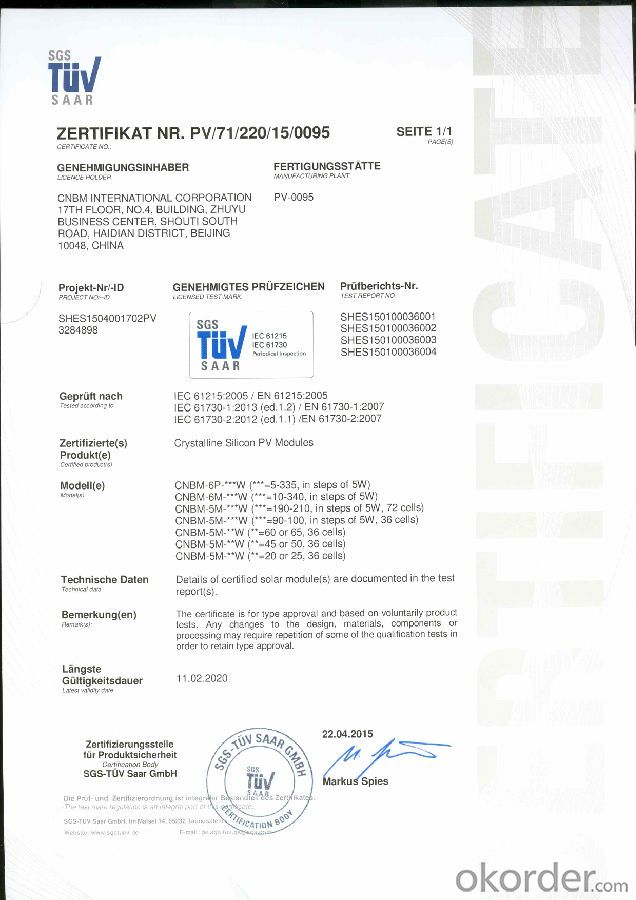
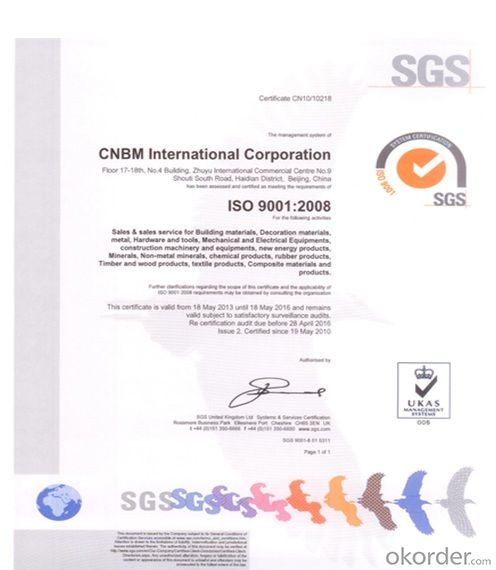
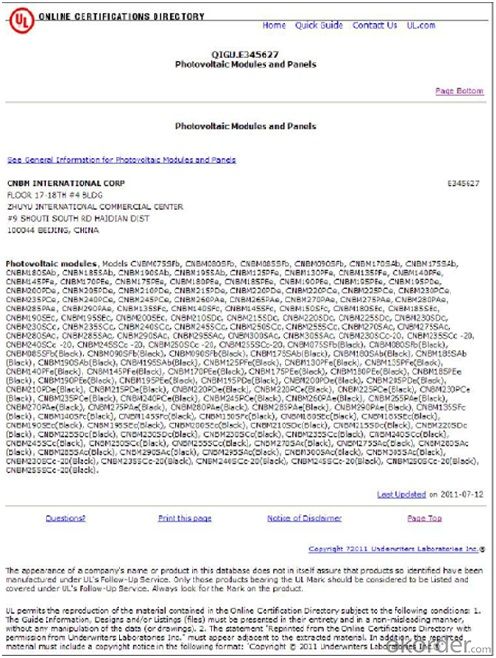
FAQ
We have organized several common questions for our clients,may help you sincerely:
①What price for each watt?
It depends on the quantity, delivery date and payment terms,
②What is your size for each module? Can you tell me the Parameter of your module?
We have different series of panels in different output, both c-Si and a-Si. Please take the specification sheet for your reference.
③Can you provide the peripheral products of the solar panels, such as the battery, controller, and inverter? If so, can you tell me how do they match each other?
Yes, we can, we have two companies for solar region, one is CNBM International, the other is CNBM engineering Co.
We can provide you not only the solar module but also the off grid solar system, we can also provide you service with on grid plant.
④What is your warranty system?
Our product performance guarantees for 25 years
• 12 years guarantee for workmanship
• Timeliness of delivery
• Quality Products certified (TÜV, UL, CE, ISO)
⑤How do you pack your products?
We have rich experience on how to pack the panels to make sure the safety on shipment when it arrives at the destination.
⑥ Can you do OEM for us?
Yes, we can.
⑦How long can we receive the product after purchase?
In the purchase of product within three working days, We will arrange the factory delivery as soon as possible. The pecific time of receiving is related to the state and position of customers.Commonly 7 to 10 working days can be served.
- Q: Can solar panels be used for powering a telecommunications tower?
- Yes, solar panels can be used for powering a telecommunications tower. Solar panels convert sunlight into electricity, which can then be used to power various devices, including telecommunications equipment. This renewable energy option is sustainable and environmentally friendly, making it an increasingly popular choice for powering remote or off-grid telecom towers.
- Q: in the afternoon sun heat increases to high level due to which the panels heats up very high now my question is this heat will effect the panels life time and will damage the panels or not ??
- Most experts believe solar electric modules have a lifespan of at least 25 to 30 years and most manufacturers provide a warranty for this period. However, the truth is that we don't really know for sure since most modern solar panels have not been in existence that long. Many experts believe the actual number could be much higher, possibly as much as 50 years. What is very clear is that solar modules are extremely durable and lose very little of their energy generating capacity over time. From: bit.ly/tpTfK
- Q: Alright my family and i are buying a new home in Bradford,Ontario, we we thinking about solar panels and had a couple questions:. how much are they each?2. how many will we need to power a single family home(4 ppl)3. where can we find them in ontario?4.how much money do they really save you?5.what kind of energy do they providfe you withand other basic info or a website i can check out would be great!thanks in advance!
- Just think about it and don't do it unless Ontario and the Utility companies give a huge rebate. Forget tax credits. Solar voltaic panels generate electricity...it will take more than 20 years to break even...assuming they last that long. Solar panels that generate hot water may be OK but will take about 0 years for a payback.
- Q: My electric bill per month averages 800 kWh per month. I am looking at 65W solar panels. How many panels would I need to make my bill come to zero? I realize I also need an inverter to convert dc to ac.
- Your local installer will estimate this much more precisely than I can. Your main problem, as I see it, is not that you need this many solar panels. Your main problem is that you consume WAY too much electricity. You should probably cut your energy consumption in half BEFORE you invest in solar because it will be way more economic to eliminate the main consumers than to generate that wasted energy. I, for example, need no more than 80kWh/month for a household of two.
- Q: What is the difference between Photovoltaic Panels and Solar Panels?
- Both of them are different types of solar panel. EDIT: Misspelling on Jeff's answer below! I think he means 'silicon,' not 'silicone!' Solar cells are typically grown on a glass substrate or put onto glass. Silicon is currently the most common material, followed by CdTe or cadmium telluride. Other materials like CIGS (Copper Indium Gallium (di)Selenide) are breaking into the market. Some people have great hopes for organic or 'dye' solar cells.
- Q: I've been figuring ways to keep water thawed out this winter, and this bucket seems to be the easiest thing. What kind of set up (solar panel) would I need to feed this 260 watt heated bucket?
- Unfortunately solar panels are low output,generally only 2 volt and very low amperage,so you would need to build a multi panel array with a DC-AC converter all together costing several hundred dollars which would only work during sunlight.Just roughly figuring,about $800. Plan2-Solar charger,battery bank,and DC-AC inverter so it would work 24hrs a day,also several hundred $$. Solar power does just not seem feasible(to me)in this application.By far the cheapest set up here would be an extension cord fromhouse to the bucket.260 watts per hr is a fairly lightweight draw,even not figuring the thermostat's cycling it on and off as needed.Electricity is sold in kilowatt hours(000W/hr).This bucket would use(not allowing for thermostats control lowering it)appx 6000watts or 6KW per day.Depending on your electrical cost per Kwh it would cost very little to run.(In my location appx 50cents a day) or appx the same amount as my computer(325watts total)) Note that that would be a maximum rate,and would actually be less due to thermostat cycling off and on as needed.
- Q: How much energy can a solar panel produce in a day?
- The amount of energy a solar panel can produce in a day depends on various factors such as the size and efficiency of the panel, geographic location, weather conditions, and orientation towards the sun. On average, a standard solar panel can generate between 4 to 6 kilowatt-hours (kWh) of electricity per day. However, this can vary significantly and may be higher or lower depending on the aforementioned factors.
- Q: How do solar panels affect the property's energy management strategy?
- Solar panels can significantly impact a property's energy management strategy by providing renewable and clean energy. By harnessing the power of the sun, solar panels can reduce dependency on traditional energy sources, lower electricity costs, and promote sustainability. The excess energy generated by solar panels can be stored or sold back to the grid, further optimizing energy management. Additionally, solar panels can enhance a property's overall value and reputation, making it more attractive to environmentally conscious consumers.
- Q: Just curious.
- Since you said does instead of do I think it would be fruitless trying to explain it...
- Q: How much roof space is needed for solar panels?
- The amount of roof space needed for solar panels depends on several factors, such as the size and efficiency of the panels, the energy needs of the household or building, and the available sunlight in the area. Generally, it is recommended to have around 100 to 400 square feet of unshaded roof space per kilowatt of installed solar panels. It is best to consult with a solar professional to determine the exact roof space requirements for your specific situation.
Send your message to us
Campervan Solar Panels - 60W Polycrystalline Solar Module CNBM Series
- Loading Port:
- Shanghai
- Payment Terms:
- TT OR LC
- Min Order Qty:
- 25 pc
- Supply Capability:
- 20000 pc/month
OKorder Service Pledge
OKorder Financial Service
Similar products
Hot products
Hot Searches
Related keywords


